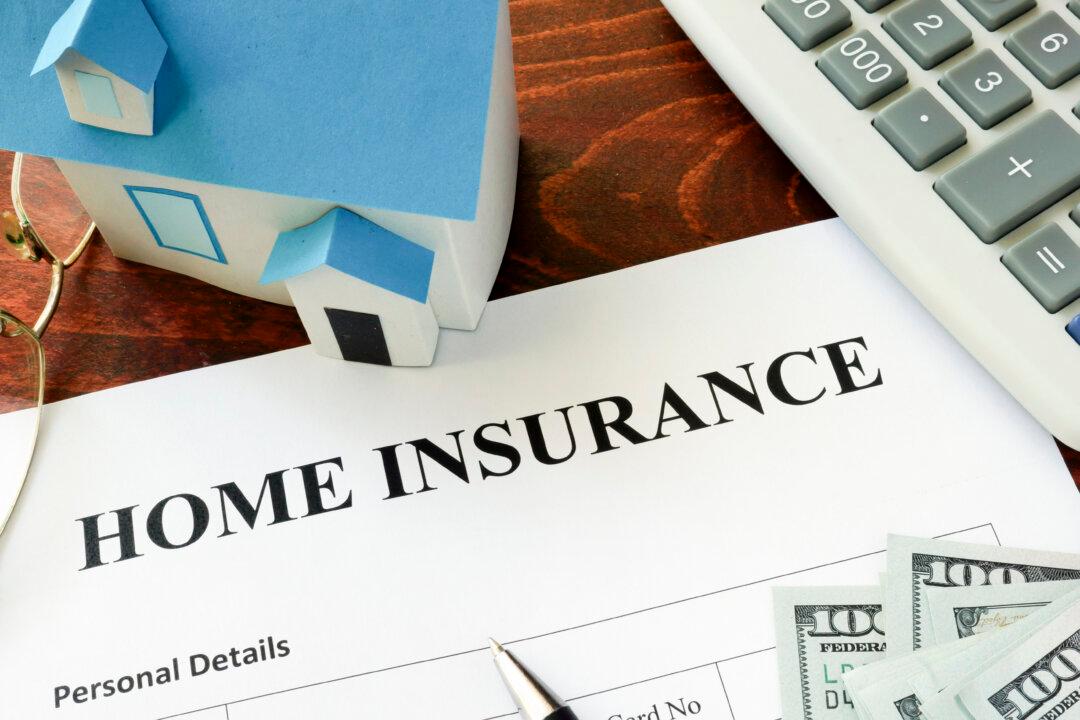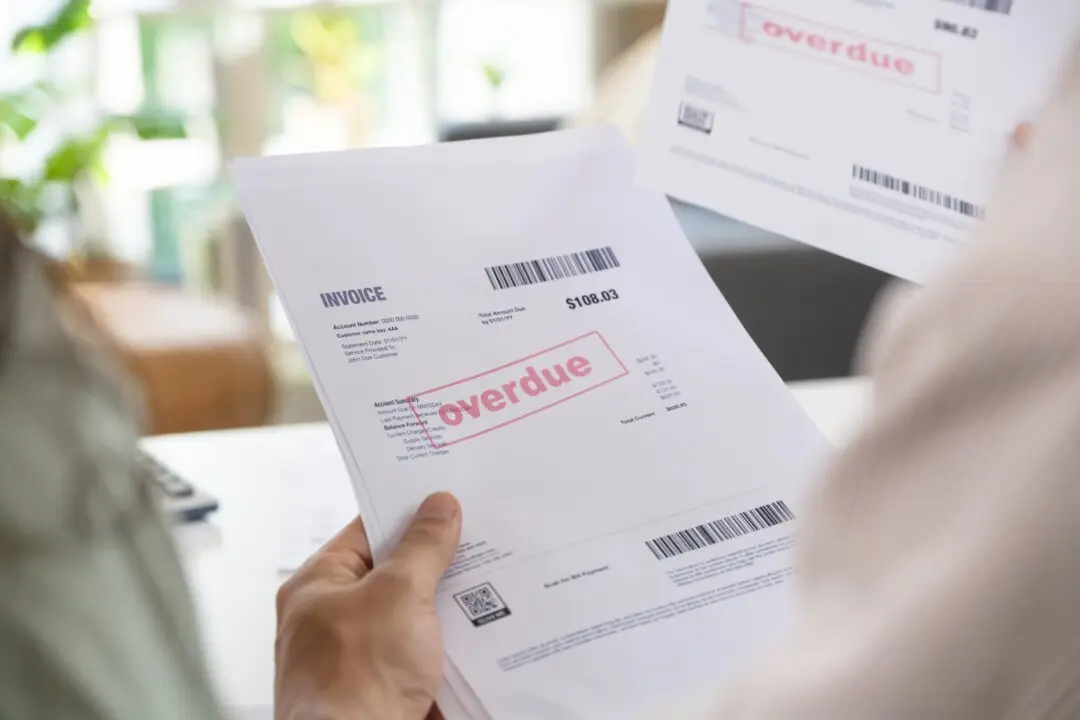Everyone realizes eggs and gas prices have increased, but what about homeowners insurance? According to a Policygenius analysis, homeowners experienced higher premiums at an average increase of $244 between May 2022 and May 2023.
Rates are expected to continue increasing. And this is true even if you don’t live in a disaster-prone area. But why are homeowners insurance rates increasing yearly?






